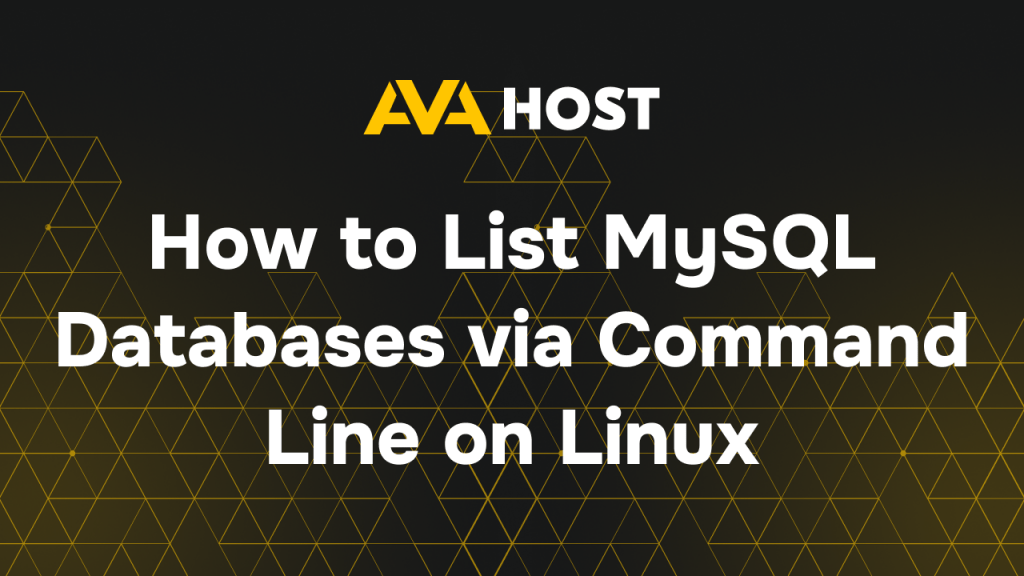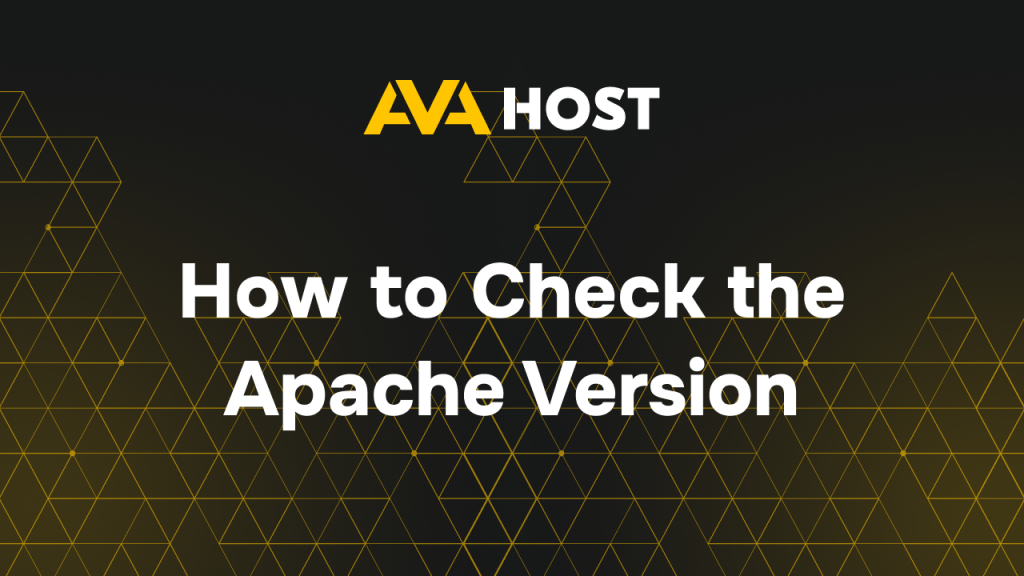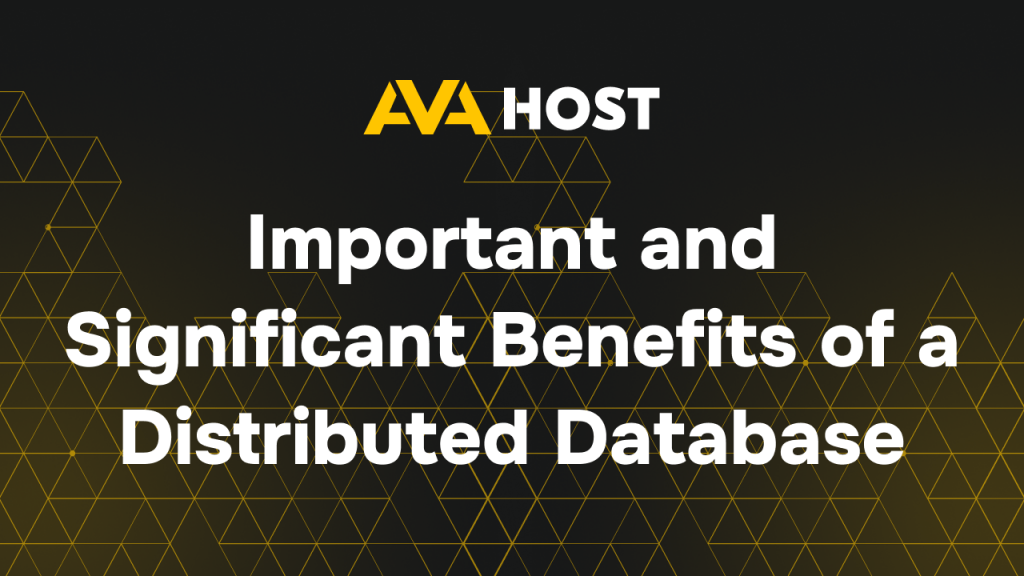
How to List MySQL Databases in the Linux Terminal Listing MySQL databases via the terminal is a key skill for managing Linux-based hosting environments like VPS or dedicated servers. This guide simplifies the process, showing you how to view all databases, filter results, and troubleshoot issues. With practical examples and tips, it’s perfect for sysadmins […]

When managing a VPS or dedicated server, it’s essential to know which version of Apache is currently installed. Keeping your server up-to-date ensures better performance, compatibility with modules, and protection against known vulnerabilities. In this guide, we’ll show several simple ways to check the installed Apache version on your system. Method 1: Via Terminal (Linux) […]

When you rent a VPS or dedicated server, verifying its real-world performance is essential — especially if your workloads involve databases, media processing, or complex applications. Geekbench is one of the most straightforward and reliable tools for this task. It delivers quick, clear insights into your server’s single-core and multi-core CPU performance.In this guide, we’ll […]

When ordering a VPS server, time is often critical. Whether you’re launching a project, testing software, or hosting a website, the sooner your server is ready — the better. So, how long does VPS activation actually take? Average VPS Activation Time For most hosting providers, VPS activation is fully automated and takes anywhere from 1 […]

How to use distributed databases for scalable web applications With the increasing complexity and global reach of web applications, centralized databases often can’t keep up. Distributed databases, ideal for VPS or dedicated servers, offer scalability, fault tolerance and performance. This guide simplifies the concept, highlights the benefits and provides practical examples of implementing distributed databases […]

Secure, Passwordless Access with SSH Keys Managing your Linux VPS or dedicated server demands robust security, and SSH key authentication is the gold standard for secure, passwordless access. Unlike traditional passwords, SSH keys use strong encryption to provide faster, safer logins, ideal for both manual access and automated workflows. For example, setting up SSH keys for […]

If you’re using a VPS or dedicated server, disk stability isn’t optional — it’s mission-critical. A single failing drive can result in data loss, downtime, and costly recovery. That’s why Linux system administrators rely on smartctl — a powerful command-line tool that gives you direct access to drive diagnostics via S.M.A.R.T. This guide walks you […]

What is index.html? index.html is the default landing page that web servers (like Apache or Nginx) load when a visitor accesses a directory without specifying a file. Clean URLs = better SEO, smoother UX, and a more professional web presence. If your links look like this: https://example.com/index.html —it’s time to modernize. In this guide, we’ll […]

PHP is one of the most widely used server-side scripting languages, crucial for web development. If you’re working with Ubuntu and need to upgrade or install PHP, this guide will walk you through the process. Step 1: Check the Current Version of PHP Before making any changes, it’s always a good idea to check which […]

Introduction A hostname is a unique identifier assigned to a machine on a network. In Linux OS, setting a static hostname ensures consistency, making it easier to manage and identify servers or workstations. This article explains different methods to assign a static hostname on Linux, covering both temporary and permanent changes across various distributions. Checking […]


